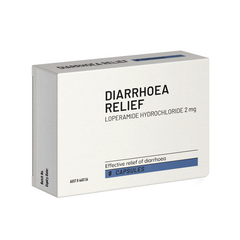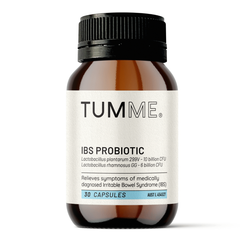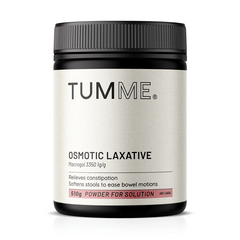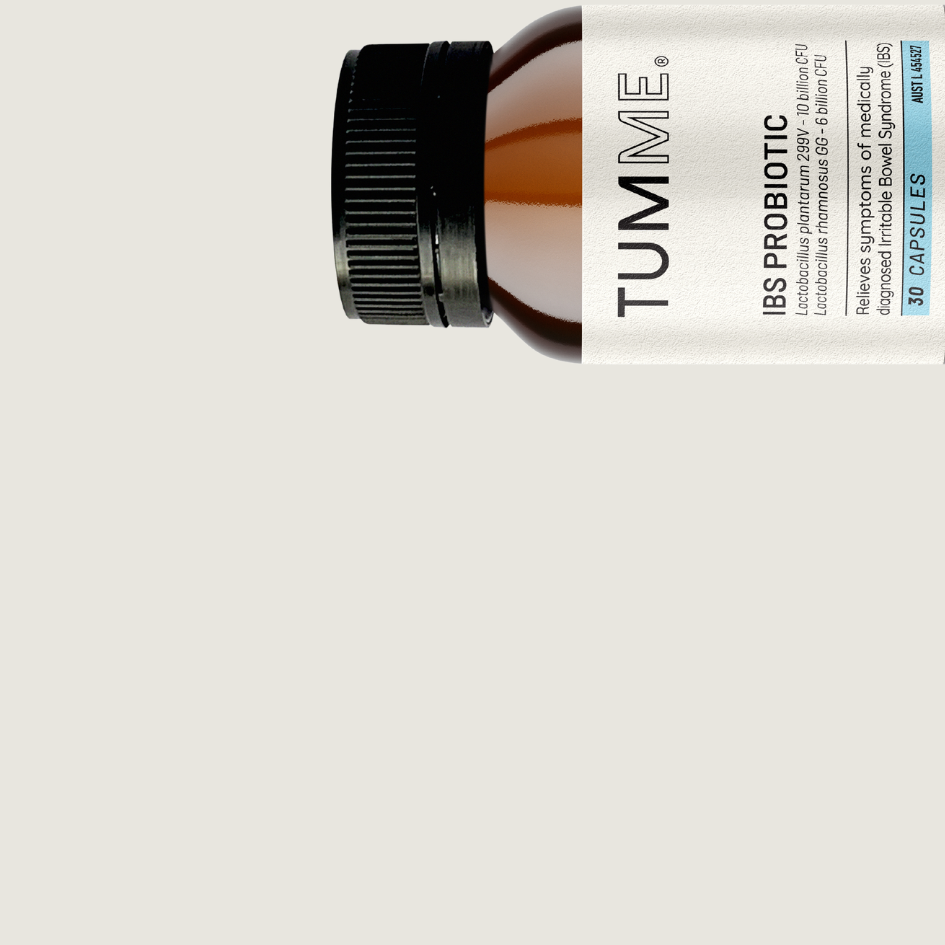The terms probiotics, prebiotics and fibre are often used interchangeably in conversations about gut health, but they each serve very different purposes. Understanding these differences is especially important for people managing irritable bowel syndrome (IBS) or other gastrointestinal conditions, where the wrong approach can sometimes worsen symptoms rather than improve them.
This blog explores what each of these terms really means, how they function, and how they fit into a broader gut health strategy.
Probiotics: Targeted support for specific symptoms
Probiotics are live microorganisms that, when taken in adequate amounts, may offer health benefits. Their value lies in strain-specific effects, meaning not all probiotics have the same impact. While many probiotic products are marketed broadly for "gut health," only a handful of strains have demonstrated clinical benefit in conditions like IBS.
Two of the most studied strains in IBS include:
Lactobacillus plantarum 299v
This strain has been shown to help reduce bloating, abdominal discomfort, and support regular bowel habits.
Lactobacillus rhamnosus GG
One of the most extensively researched probiotic strains, particularly in children, with evidence suggesting it may assist in reducing certain IBS-related symptoms.
It is important to note that probiotics are typically used for symptom management rather than to broadly improve gut microbial diversity. While some people experience relief with probiotic use, others may not see any noticeable change. These products are best used with a specific purpose in mind.
Prebiotics: Fuel for beneficial gut bacteria
Prebiotics are a type of fermentable fibre that serve as food for the bacteria already residing in your gut. When consumed regularly, they can help promote a more diverse and balanced microbiome, which is associated with a number of health benefits.

Common dietary sources of prebiotics include:
- Oats
- Garlic and onions
- Leeks and asparagus
- Legumes and lentils
- Green bananas
However, many prebiotic-rich foods are also high in fermentable carbohydrates known as FODMAPs. These compounds can trigger symptoms in people with IBS, including bloating, pain, and altered bowel habits. For this reason, the reintroduction of prebiotic foods is often best done with the guidance of a dietitian (like those at the Mind + Gut Clinic) trained in gastrointestinal conditions.
Fibre: Structural support for digestion
Fibre is the indigestible component of plant foods that plays a fundamental role in digestive health. It helps regulate bowel movements, and in some cases, can influence microbial balance.
Fibre can be categorised in various ways, including:
- Soluble vs insoluble: Soluble fibres dissolve in water and may help with stool formation, while insoluble fibres add bulk to the stool and assist with transit
- Fermentable vs non-fermentable: Fermentable fibres are broken down by gut bacteria, producing gases that can contribute to bloating. Non-fermentable fibres pass through the gut largely unchanged and typically do not cause gas or discomfort
One particularly well-tolerated fibre for people with IBS and sensitive guts is sterculia. This non-fermentable, water-absorbing fibre softens hard stools and adds bulk to loose ones, helping to improve stool consistency and ease of passage. Unlike fermentable fibres, it does not contribute to gas production, making it a gentle yet effective option for those who struggle with bloating or discomfort.
How do they fit together?
These three components each have a role to play, but they serve different purposes:
- Probiotics offer targeted symptom relief for select conditions, particularly when the right strain is chosen
- Prebiotics promote long-term microbial diversity, though they may need to be introduced cautiously in people with sensitive guts
- Fibre supports the structure and function of the digestive system, with different types better suited to different needs
For example, someone managing IBS might begin with non-fermentable fibre to improve regularity and consistency. If symptoms remain, they might trial a probiotic strain shown to reduce bloating or pain. Later, under the guidance of a dietitian, they may start reintroducing prebiotic foods to support microbial diversity.
The takeaway
Understanding the difference between probiotics, prebiotics and fibre allows you to make more informed decisions about what your gut actually needs. There is no single solution that works for everyone, and more is not always better.
If you are experiencing persistent symptoms or are unsure where to begin, consult a gastroenterologist or gut-trained dietitian. A tailored approach will always outperform a generic one when it comes to supporting your gut health.

Dr Simone Peters (PhD)
Founder Mind + Gut Clinic | Co-Founder Nerva | Co-Founder TUMME







